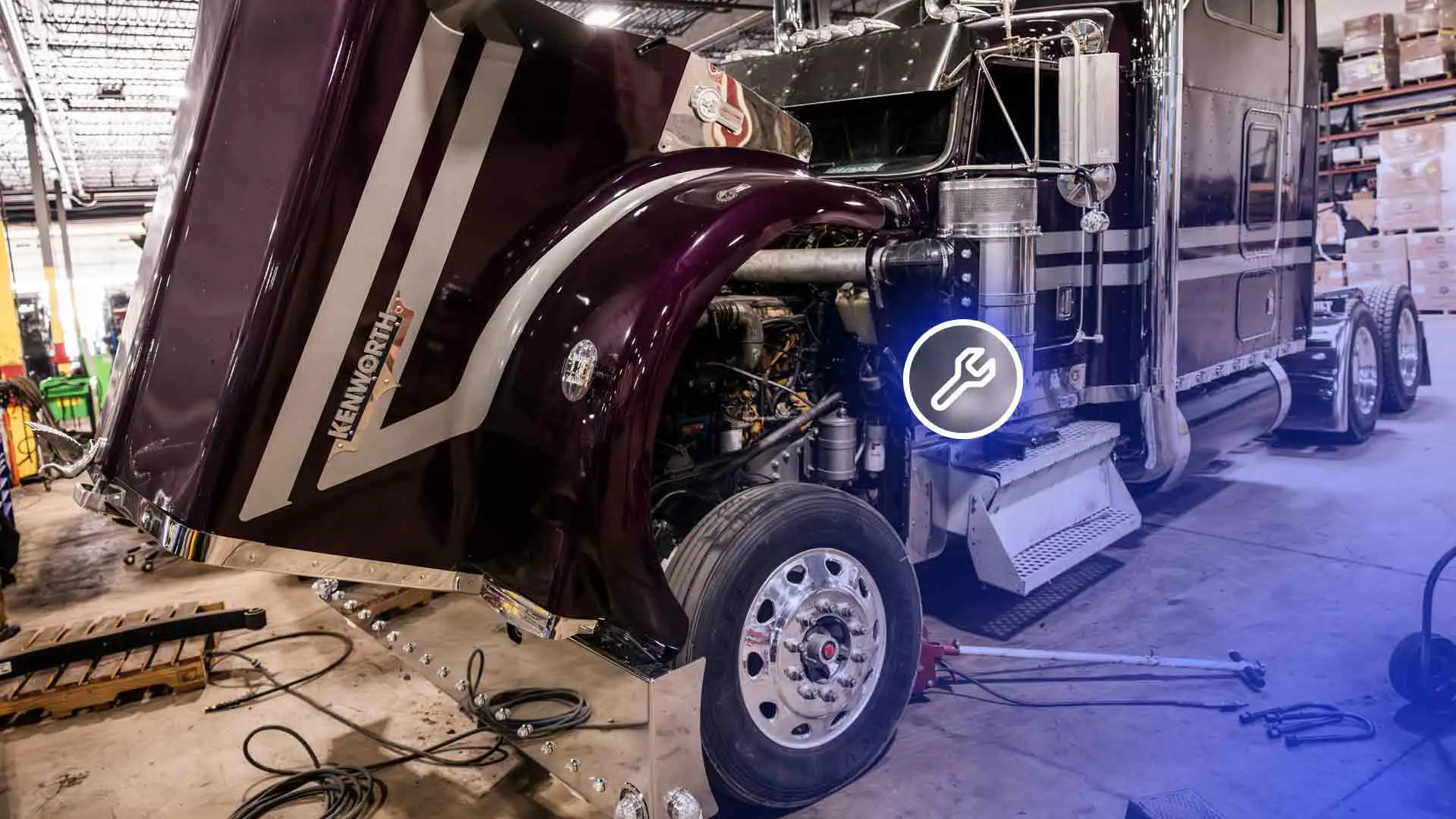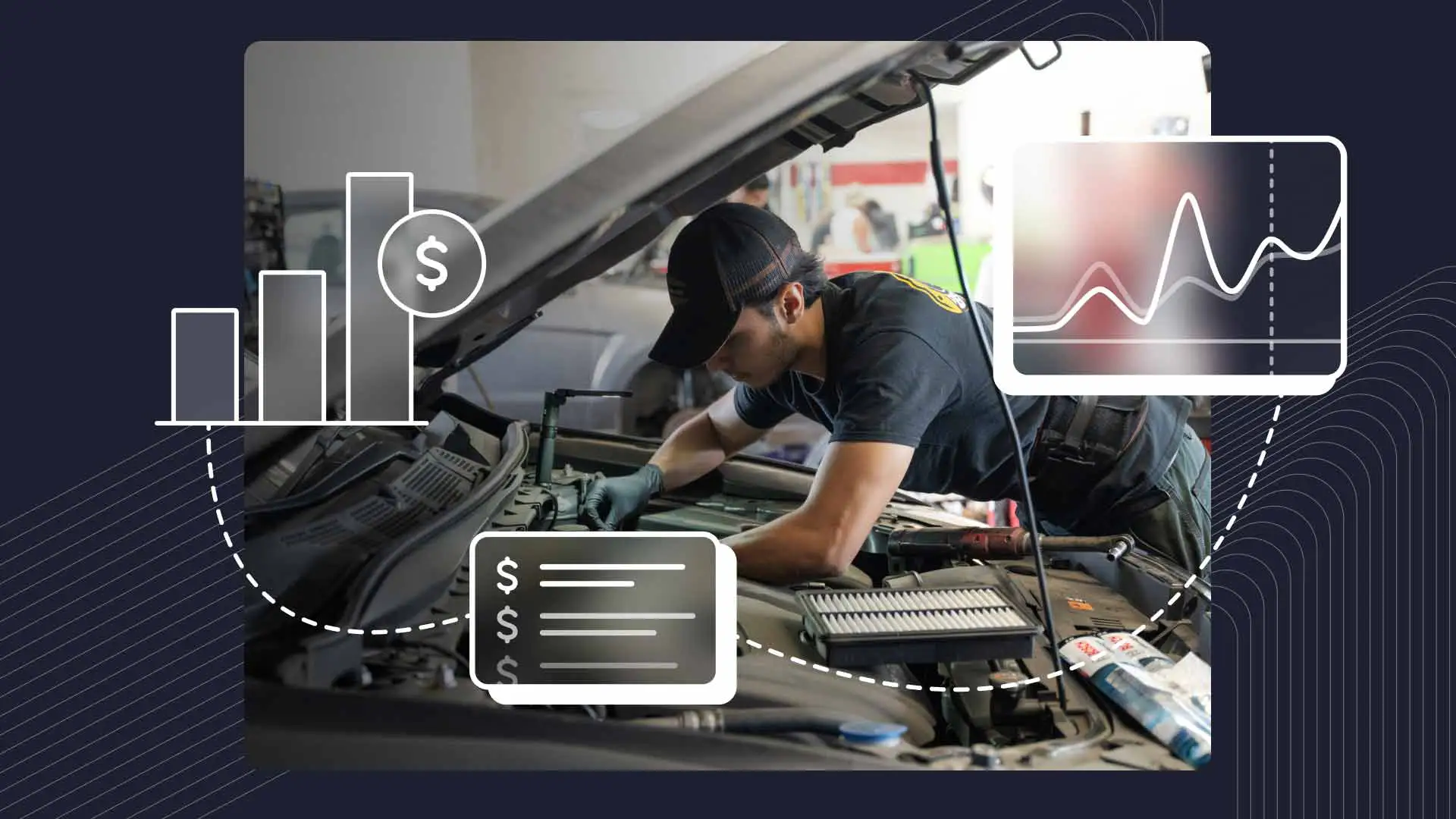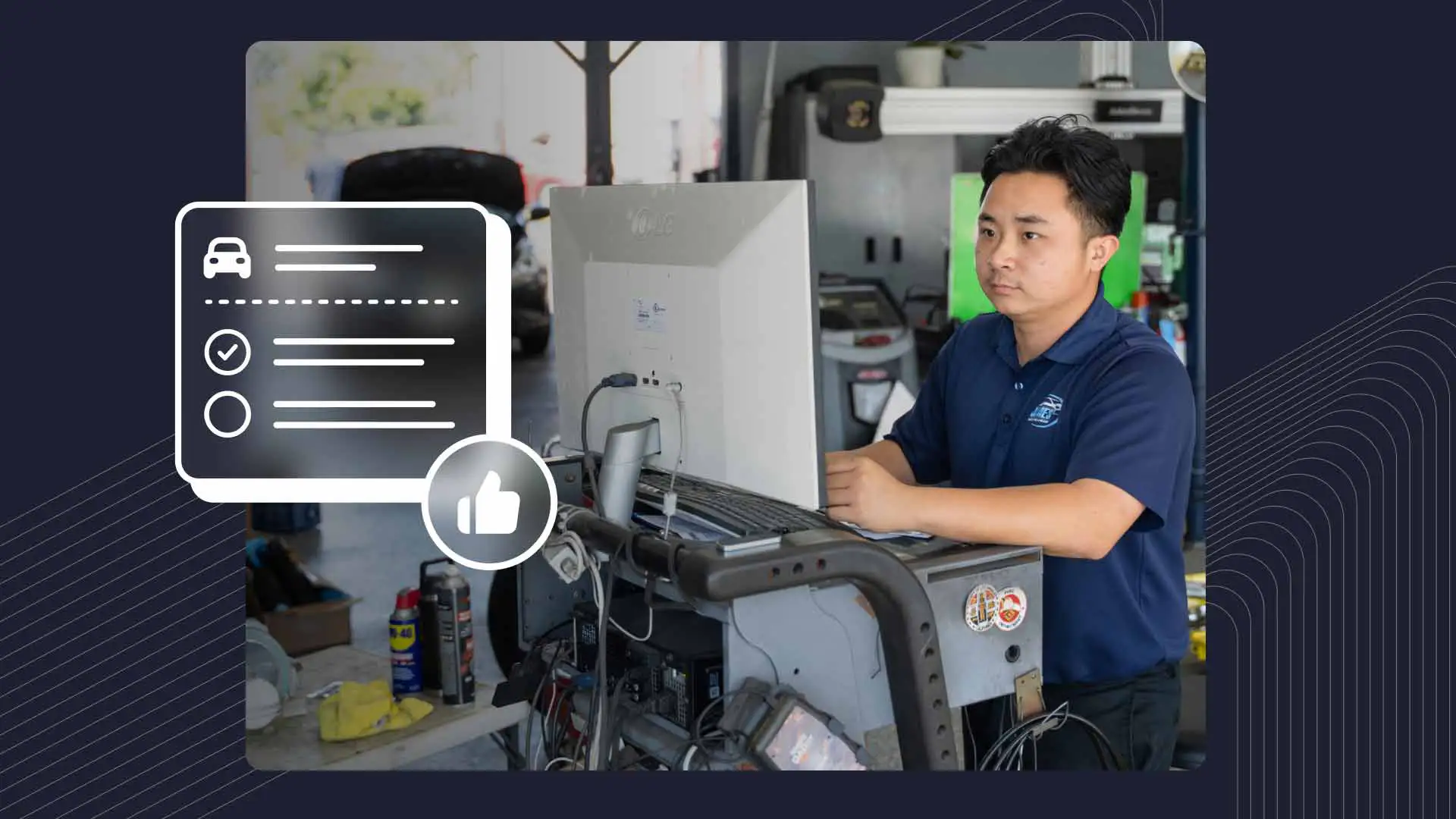A flashing check engine light on a big rig could mean anything from a loose gas cap to the start of major engine failure. Once that truck enters your shop, you’ve got to act decisively–any hesitation or misdiagnosis can waste time and money, frustrate the customer, and tarnish your shop’s reputation.
The stakes are high, and having the best equipment can help your team deliver five-star service on every job. That’s where the right diagnostic scanner comes in. Beyond just pulling fault codes, a top-quality tool speeds up troubleshooting and repairs, getting trucks back on the road quickly and safely.
So, let’s break down those must-have features for heavy duty truck scanners that’ll keep your customers satisfied and your team running at full speed.
Comprehensive Coverage
Heavy-duty repair shops can’t just stick to their favorite brands. Whether it’s a big dog like Freightliner, Kenworth, Peterbilt, Mack, or Volvo, or one of the smaller manufacturers, your tools need to communicate with everything that comes through the door. The last thing you want is to turn away business because your scanner can’t talk to a truck’s ECU. The bottom line? It should be compatible with as many makes and models as possible, including newer ones.
Reading basic fault codes is elementary. A scanner worth its salt provides deep access to all of the truck’s critical systems: engine and transmission systems; ABS and braking diagnostics; aftertreatment systems including DPF, SCR, and DEF; body controls and instrument panels; and chassis and suspension modules. On top of that, look for features like live data streaming, bi-directional controls (to operate things like fans and injectors), and advanced capabilities like injector cut-out tests to troubleshoot fuel injectors, and cylinder compression tests to help diagnose engine problems related to cylinder pressure.
User-Friendliness
A scanner that nobody likes to use is as worthless as an inflatable dartboard. The best diagnostic tools are powerful, mobile, and simple enough for even inexperienced techs to operate. Start with the interface. Is the menu easy to navigate? If it’s a touchscreen, does it respond quickly to commands? Is it readable in different light conditions? Look for a scanner with clear, intuitive layouts and, if possible, one that lets your team directly access the functions they use most often.
Nothing’s more frustrating than a system that takes forever to load. We’re talking about diagnosing big trucks here, and your scanner needs to deliver data and process commands quickly to keep the workflow moving. Go for models with lots of memory and good processing speeds–at least 32GB of storage and 4GB of RAM–so your techs aren’t sitting around waiting on laggy software.
This is the wireless age, so cut the cord already! Your team should be able to move freely around a 53-foot trailer, check live engine data, or climb into a cab without being restricted by cables. In addition to providing better mobility, Bluetooth or Wi-Fi connectivity allows techs to collect vehicle data remotely, and delivers real-time feedback that can speed up diagnostics and repairs.
Advanced Diagnostics
Today’s trucks are like rolling computers, which means a scanner has to do more than just pull codes to earn a spot in your toolbox. Here are some of the most valuable next-level features:
Bi-Directional Controls: A basic code reader won’t take you very far if you need to test a transmission solenoid, cycle the ABS pump, or start a regen. Bi-directional controls let your techs activate different systems and run tests directly from the scanner, removing the guesswork and saving tons of time on diagnostics.
Live Data: Intermittent issues can be hard to nail down using standard scans. A scanner with live data lets you track system performance in real time. For example, you can monitor fuel pressure while the vehicle is climbing a hill, or get live O2 sensor readings to check the air-fuel mixture. Even better: If the scanner can graph this data over time, identifying abnormalities becomes that much easier.
Aftertreatment Diagnostics: Trucks have sophisticated emissions systems, so your scanner should pull its weight by performing DPF regens, testing DEF quality sensors, diagnosing SCR catalyst issues, and resetting monitors, among other duties. Tools that can’t handle a clogged DPF or a failed regen won’t help your customers stay compliant and trouble-free.
Parameter Adjustments: Some scanners let you adjust parameters like speed limits, shift points, and EGR settings. While these features may help enhance performance or emissions control, they do come with risks. Make sure the scanner and software are authorized for adjustments, since taking the truck out of compliance can lead to warranty or legal issues, and even compromise safety.
Quality Software and Hardware
A scanner’s software needs to keep pace with new truck models, modern ECUs, and the latest emissions regulations. Without regular updates, these tools can quickly become obsolete–and ineffective. Subscription-based updates help, too, provided they’re reasonably priced and frequent enough to justify the cost.
Scanners occasionally hit the skids, and when they do, tech support can be a lifesaver. The best providers offer 24/7 support by phone, chat, or video, along with troubleshooting guides and online tutorials. A good supplier also helps your team get the most out of their diagnostic tools with solid training materials, webinars, and even live instruction.
Finally, make sure your scanner is up to the task with a durable, rubberized case, a long-lasting battery, and a touchscreen that’s easy to read and unfazed by oil, grease, drops, and other rough treatment. Bonus points if it’s waterproof or dust-resistant.
The Right Scan Matters
Choosing the right heavy-duty truck scanner goes beyond fixing trucks–it’s an investment in your shop’s future. Diagnostic tools that work across different brands, are easy to use, and include advanced features and regular updates will keep your fleet and owner-operator customers returning time and again for cutting-edge service and unmatched efficiency.
Looking for another game changer? Request a demo of Shopmonkey’s best-in-class truck repair shop software today and see firsthand how an all-in-one platform can streamline operations across the board.




